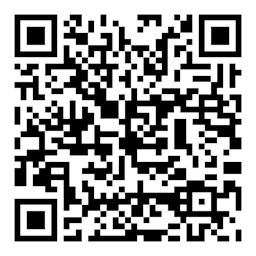In a hybrid workplace, collaboration is key to supporting your borderless workforce
Summary
Here's how to optimize your hybrid workplace for success
Read time: 3 minutes
According to Gartner, more than 70% of HR professionals¹ said they were more concerned about employee collaboration in 2021 than they were prior to the pandemic — a stat that’s not surprising, given the speed of change and massive shift to new ways of working that has occurred over the past few years.
Yet there is good news about the way organizations evolved in lockstep with this change.
In fact, a 2022 Futurum Research and Microsoft global study² reveals that 80% of employees feel like they collaborate as well now as they did previously.
Collaboration works best when it’s standardized throughout an organization.
Every organization has unique challenges and needs. For personalized answers and custom solutions, speak with one of our digital solutions representatives.
Recommended for you
Hybrid Workplace: Real Estate Services Provider
Ricoh's corporate mailing services and facility management solutions led to cost savings and productivity improvements.
IDC MarketScape Worldwide Print Transformation Leader
IDC MarketScape has recognized Ricoh as a 2023 Worldwide Print Transformation Leader. Read this article to learn more and download the excerpt from the IDC report.
How Eastern Health Streamlined Operations
How Eastern Health streamlined operations to improve patient experience and enable secure remote workers.
- 1Gartner, 2021 Hybrid Work Employee Survey.
- 2Teevan, J., Baym, N., Butler, J., Hecht, B., Jaffe, S., Nowak, K., Sellen, A., and Yang, L. (Eds.). Microsoft New Future of Work Report 2022. Microsoft Research Tech Report MSR-TR-2022-3 (https://aka.ms/nfw2022), 2022.
- 3Kerravala, Zeus, “How Companies Can Use Collaboration Tools to Facilitate Hybrid Work,” Forbes, July 2021.
